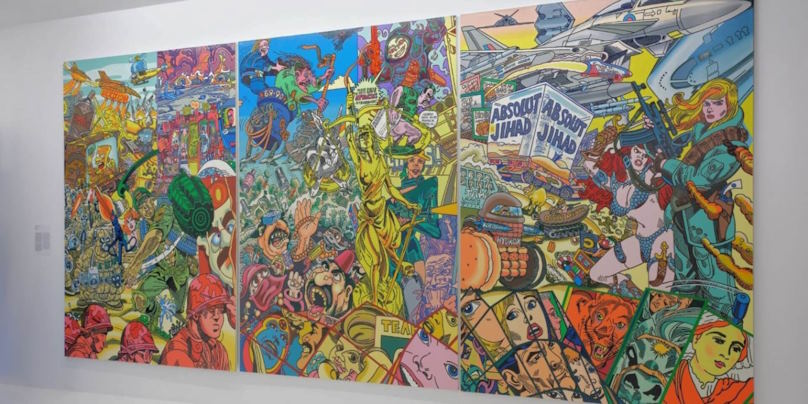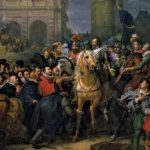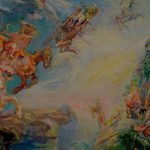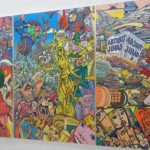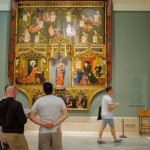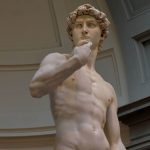Throughout history, humans have sought various means to express their thoughts, emotions, and experiences. Two powerful mediums that have emerged as invaluable tools of visual expression are paintings and photographs. Each possessing its unique characteristics and techniques, these art forms have the remarkable ability to capture life’s essence and communicate narratives that resonate deeply with viewers. Join us as we explore the power of paintings and photographs in illuminating the human experience.
The Art of Painting: Transcending Reality
Paintings created by skilled artists wielding brushes and palettes have enchanted audiences for centuries. These masterpieces, born from the artist’s imagination and observation, transcend the boundaries of reality. From the vibrant landscapes of Vincent van Gogh to the enigmatic portraits of Frida Kahlo, paintings transport us to alternate realms where emotions and stories come to life. Through skillful use of color, composition, and brushwork, painters infuse their works with depth, symbolism, and a unique perspective that challenges our perceptions.
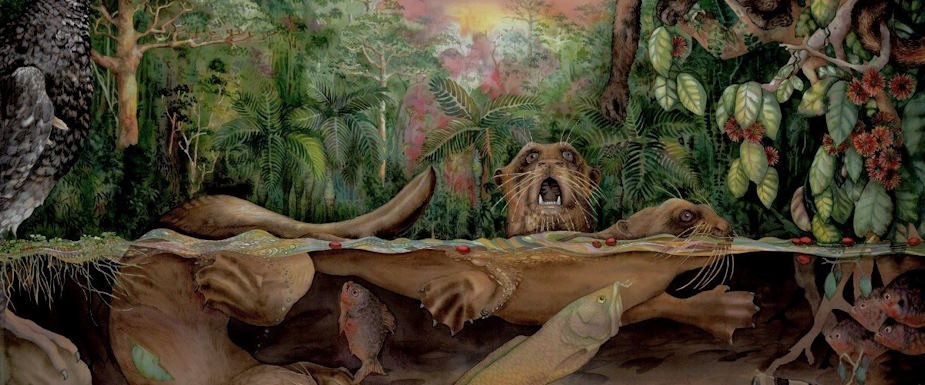
The Magic of Photography: Freeze-Frame Moments
In the realm of photography, the power lies in capturing fleeting moments that exist in the realm of reality. Through the lens, photographers freeze time, preserving fragments of life’s most poignant instances. Whether it’s a breathtaking landscape, a candid portrait, or a documentary shot, photographs can convey a wealth of emotions and narratives in a single frame. The play of light and shadow, the composition, and the decisive moment all contribute to the magic within a photograph.
Painting vs. Photography: Different Mediums, Shared Impact
While paintings and photographs differ in their technical processes, both mediums share the capacity to leave a lasting impact on viewers. Paintings, with their tactile brushstrokes and textural depth, invite viewers to engage in a visual and emotional dialogue. On the other hand, with their immediacy and authenticity, photographs provide a direct window into specific moments frozen in time. The distinct characteristics of each medium create unique experiences. Still, the end goal remains the same: to evoke emotions, provoke thought, and foster a connection between the artwork and the viewer.
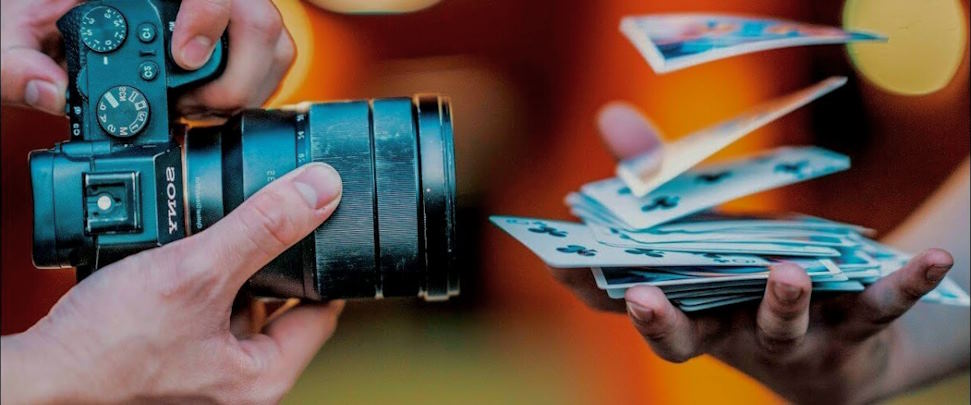
The Impact of Visual Art: Stirring Emotions and Provoking Reflection
Whether it’s a painting or a photograph, visual art possesses the remarkable ability to stir a multitude of emotions within us. It can elicit joy, sadness, wonder, or contemplation, often transcending language and cultural barriers. Artistic creations become conduits through which we explore our humanity and the world. They can challenge preconceived notions, inspire social change, or provide solace and beauty in our daily lives. Visual art is a powerful tool for introspection, fostering empathy and understanding in an increasingly interconnected world.
Preserving Memories, Inspiring Minds
Paintings and photographs serve as vessels for preserving memories, documenting history, and igniting the imagination. They allow us to peer into the past, offering glimpses of forgotten eras and reminding us of the power of human creativity. Beyond their historical and aesthetic value, paintings and photographs inspire us to see the world through fresh perspectives, fostering curiosity, empathy, and a deeper appreciation for the richness of life.

